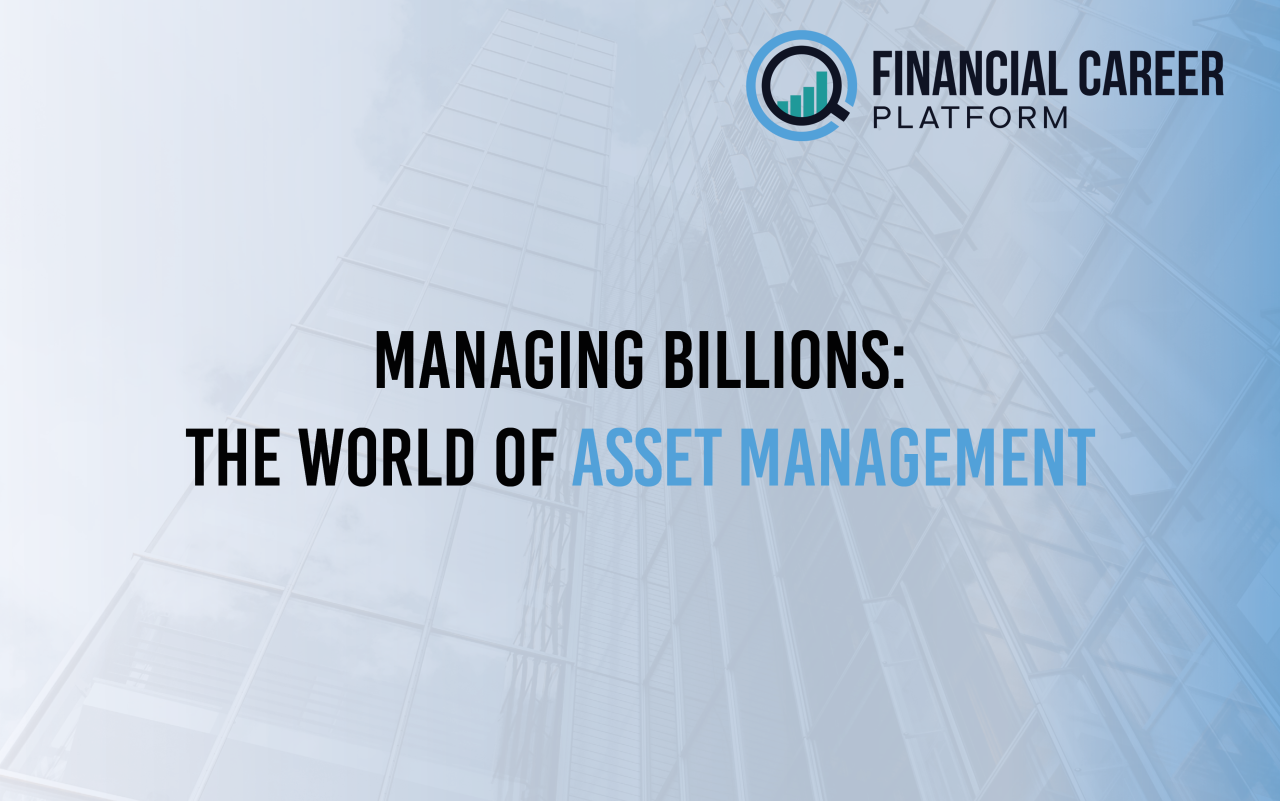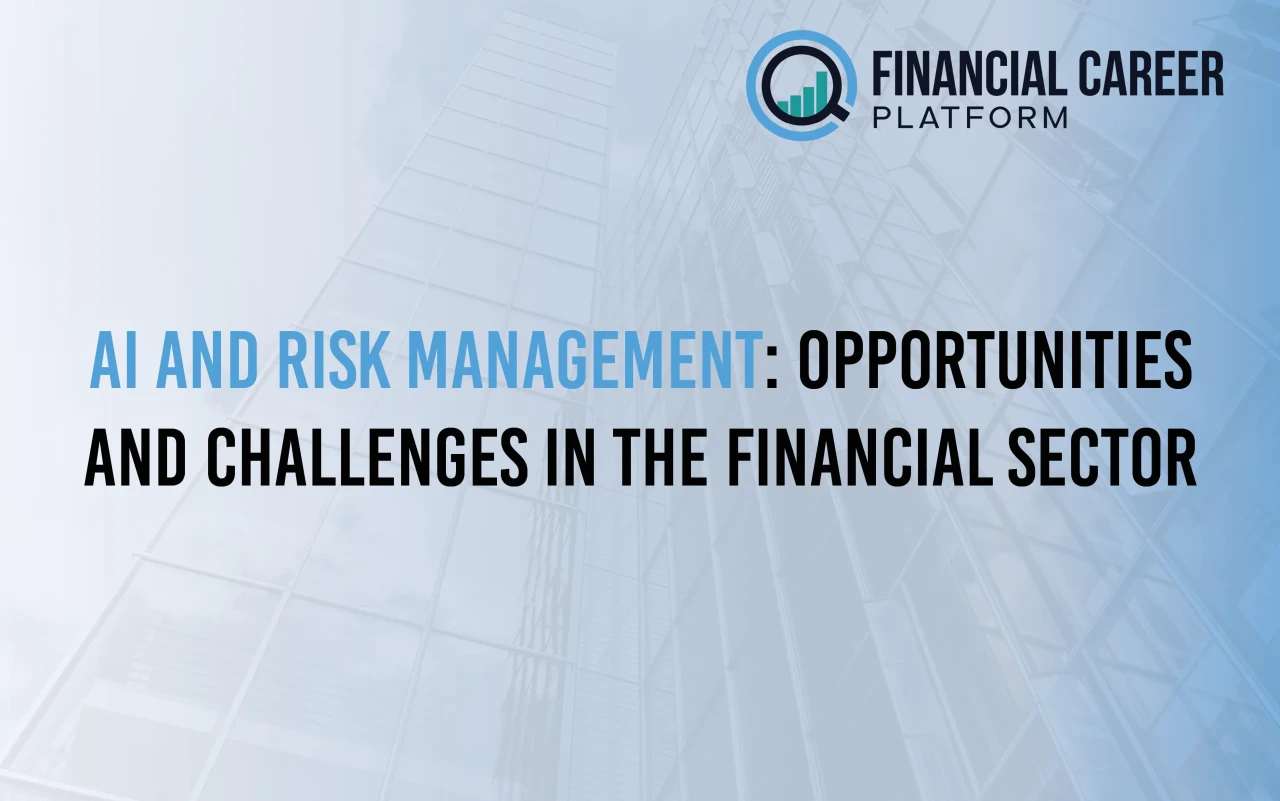The Downfall of the Crypto King: Sam Bankman-Fried

Sam Bankman-Fried: The downfall of the Crypto Whizz-Kid
Sam Bankman-Fried: described by some as the new Bernie Madoff, when discoveries were made of major fraud in the crypto world. With the rise of trading platform FTX came its inevitable downfall, as the platform was founded on a series of issues. In this article, we will highlight what happened to Sam Bankman-Fried and his platform, and what followed afterward.
FTX Formation
Before one can dive into the story of Sam Bankman-Fried, it is important to get some history on this suddenly well-known and infamous figure. In 2017, Sam Bankman-Fried used the knowledge he had from Wall Street to found a crypto-based hedge fund, called Alameda Research. It functioned as a market maker, and he took a role as an arbitrageur, trading on price differences. Two years later, he founded FTX. FTX is a cryptocurrency exchange where investors can trade bitcoins for fiat money, which is the common currency as we know it. The platform became increasingly popular and started to attract major investments. Traders liked the platform as it offered a wide range of innovative investment products that could be bought and sold alongside the common cryptocurrencies. In May 2019, the platform created their own type of cryptocurrency: the token called FTT. Brokers like FTX often create their own tokens, as it is a good way to attract investors to their platform, often with its own special perks like trading cost discounts and rewards1.
At the end of 2022, it became apparent that there was a strong link between Alameda Research and FTX. Coindesk, a Bitcoin news site, published an article stating that Alameda Research’s balance sheet was very dependent on the FTX digital token called FTT. Data showed that the companies were tied too closely together and that there was a severe lack of diversification. The relation between the two companies, both founded by Sam Bankman-Fried, can be compared to the relation between a commercial bank and an investment bank. In 1933, the Glass-Seagull Act was introduced, to prevent investment banks from speculation with depositors' money. Although the Act was repealed in 1999 and would not have applied to cryptocurrency, what happened to FTX is exactly what this act tried to prevent. Alameda Research borrowed money from FTX for speculative purposes, and this money mostly came from customers' assets2.
This issue on its own displays a questionable morality when it comes to operating such businesses. However, possibly even more astonishing, is the state of the financial reporting of FTX. Balance sheets did not display the amount of assets and liabilities, and there was very little control of their cash flows and their ability to meet liabilities. As the company was not listed, the balance sheets were never audited.
Collapse
These problems lead to the big collapse in November 2022. Binance, one of the major crypto exchanges and a competitor of FTX, had invested large amounts of money into FTX as part of a strategic partnership. When it announced it would liquidate their FTT tokens, it started a huge storm and the value of FTT dropped significantly. FTX users wanted to retain their investments, and in this mass withdrawal, FTX lost billions of dollars. Binance even considered a bail-out of FTX to prevent further damage to the market, but it refrained from doing so when more information was revealed about the mismanagement within FTX.
The failure of FTX was not where the story ended for Sam Bankman-Fried. It was not just a lack of control and mismanagement leading to a bank-run panic, Sam was able to hide a lot of money and use it for his own purposes. He even managed to write lines of code that allowed him to divert away 65 billion of uncollaterized loans to Alameda3. Now, with legal action against Sam and a lawsuit that has found him guilty of fraud, 1 billion dollars of investor money is still nowhere to be found.
The Crypto Market
To get a better understanding of the reasons behind the collapse of FTX and the conviction of Sam Bankman-Fried, it is necessary to understand the crypto market and crypto platforms. Crypto is a form of digital money, whereof transactions are verified and recorded by means of blockchain technology. As cryptocurrencies have only existed for around fifteen years, the crypto market consists of a lot of uncertainties and haziness. For example, the legal status of the currency is a difficult issue with variation amongst different financial jurisdictions4. In Europe and the United States, crypto is legal, while in China the exchange, mining and transactioning of crypto is banned.
Contrary to a nation’s currency, the most popular cryptocurrencies like Bitcoin are decentralized. This means that within the cryptocurrency market, well-known centralized intermediaries such as banks are eliminated. This decentralized financial infrastructure is completely different from the traditional centralized financial infrastructure and is also known as decentralized finance (DeFi)5. Some characteristics of DeFi are that record keeping is decentralized and access to the systems is anonymous.
Sam Bankman-Fried did not believe in decentralization and was an advocate for crypto regulation6. FTX was a centralized exchange, meaning that it served as an intermediary between buyers and sellers of crypto. Transactors trust the exchange to complete the transactions safely. Some people in the crypto community say that because of this belief in centralized cryptocurrency, FTX eventually collapsed7. They also indicate that Sam Bankman-Fried only supported regulation for his own interest. Others claim that crypto markets rely on centralized entities and that centralized exchanges play a crucial role in the crypto ecosystem8.
The FTX bankruptcy in November 2022 had an effect on the crypto market. As is shown in the graph below, several events in 2022 caused turmoil. The graph also shows the market fluctuation in November 2022, caused by the collapse of FTX. Now, one year later, crypto prices have recovered.
The SBF Trial and Crypto regulation
After the FTX collapse in November 2022, the American prosecutors charged Sam Bankman-Fried with several counts of fraud and conspiracy to extract money from customers. Although pleading not guilty, the jury found him guilty of seven counts9. In March of 2024, the imposed sentence will become clear. Sam Bankman-Fried faces a maximum sentence of 115 years in prison10.
The downfall of FTX once again raised the discussion on introducing crypto market regulation. To support market integrity and financial stability, the European Union implemented the Markets in Crypo-Assets Regulation (MiCa) in June of 2023, which entered into application in December 2024. This regulation covers asset-referenced tokens, electronic money tokens, and other crypto-assets not yet covered by EU law. It aims to protect consumers and investors by forcing transparency, disclosure, authorisation, and supervision of transactions11.
In the United States, the Lummis-Gillibrand Responsible Financial Innovation Act (RFIA) was announced in June of 2022. With this act, a regulatory framework for digital assets would be created. The objective of the RFIA is to “generate more flexibility, innovation, consumer protections and transparency while providing more certainty and clarity to the growing digital assets industry.” 12 Contrary to the MiCa, the bill still has to be enacted bypassing the Senate and the House.
Conclusion
In conclusion, the rise and fall of Sam Bankman-Fried and FTX underscore the complexities and challenges within the crypto market. The interconnectedness of Alameda Research and FTX, coupled with questionable financial practices and reporting, led to a significant collapse in November 2022, causing substantial losses for investors. The event sparked the discussion on the need for a regulatory framework to ensure market integrity and to protect consumers and investors. The introduction of the MiCa in Europe and the RFIA in the United States reflect the recognition of the importance of a regulated, stable financial market. As the crypto market continues to evolve, events like this serve as a cautionary tale, showing the importance of responsible financial management. Hopefully, with new regulations and the creation of awareness, such a downfall will not happen again in the future.
Bibliography
- Hetler, A. (2023, November 6). FTX scam explained: Everything you need to know. WhatIs. https://www.techtarget.com/whatis/feature/FTX-scam-explained-Everything-you-need-to-know#:~:text=Cryptocurrency%20platforms%20often%20create%20their,as%20discounts%20and%20NFT%20rewards.
- FTX is not a crypto failure, but a centralisation failure. Learnings from the FTX collapse. (n.d.). The Paypers. https://thepaypers.com/expert-opinion/ftx-is-not-a-crypto-failure-but-a-centralisation-failure-learnings-from-the-ftx-collapse--1259308.
- NOS. (2023, November 3). Cryptokoning Sam Bankman-Fried schuldig bevonden aan miljardenfraude. https://nos.nl/artikel/2496410-cryptokoning-sam-bankman-fried-schuldig-bevonden-aan-miljardenfraude.
- Frankenfield, J. (2023, November 3). Cryptocurrency explained with pros and cons for investment. Investopedia retrieved from https://www.investopedia.com/terms/c/cryptocurrency.asp.
- Makarov, I. & Schoar, A. (2022, December). Cryptocurrencies and Decentralized Finance BIS Working Papers. Bank for International Settlements 2022.
- Kuhn, D. (2023, November 6). Crypto Traders Are Ready to Move Past Sam Bankman. CoinDesk retrieved from https://www.coindesk.com/consensus-magazine/2023/11/06/sam-bankman-fried-will-not-be-cryptos-albatross/.
- Ligon, C. (2022, November 15). The ‘SBF Bill: What’s in the Crypto Legislation Backed by FTX’s Founder’ CoinDesk retrieved from https://www.coindesk.com/policy/2022/11/15/the-sbf-bill-whats-in-the-crypto-legislation-backed-by-ftx-founder/.
- Kapoor, S. (2023, November 30). Case Study: FTX and Sam Bankman-Fried. Seven Pillars Institute retrieved from https://sevenpillarsinstitute.org/case-study-ftx-and-sam-bankman-fried/.
- Yaffe-Bellany, D., Goldstein, M. & Edward Moreno, J. (2023, November 2). Sam Bankman-Fried is Found Guilty of 7 Counts of Fraud and Conspiracy. New York Times. retrieved from https://www.nytimes.com/2023/11/02/technology/sam-bankman-fried-fraud-trial-ftx.html.
- CNBC. (2023, November 2). Sam Bankman-Fried found guilty on all seven criminal fraud counts. CNBC retrieved from https://www.cnbc.com/2023/11/02/sam-bankman-fried-found-guilty-on-all-seven-criminal-fraud-counts.html.
- Regulation (EU) 2023/1114 of the European Parliament and of the Council of 31 May 2023 on markets in crypto-assets, and amending Regulations (EU) No 1093/2010 and (EU) No 1095/2010 and Directives 2013/36/EU and (EU) 2019/1937.
- Esposito, Y. et. al. (2022, June). The Responsible Financial Innovation Act: A Comprehensive Proposal to Regulate Digital Assets. Greenberg Traurig retrieved from https://www.gtlaw.com/en/insights/2022/6/the-responsible-financial-innovation-act-a-comprehensive-proposal-to-regulate-digital-assets.











